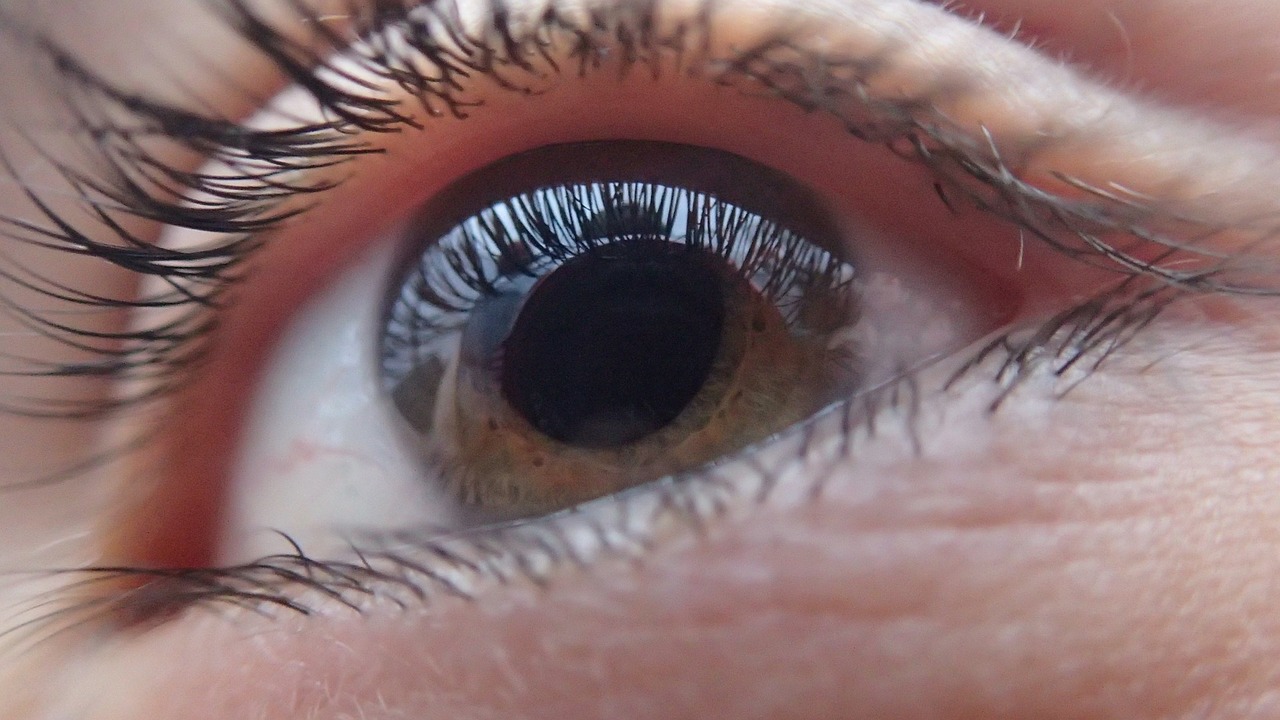Q. What is a cataract?
A. The front of the eye has two lenses that focus light. The most powerful lens is the cornea (where you put contact lenses) but the fine tuning is done by a lens that is inside the eye. This lens can change shape to enable you to focus close up as well as seeing in the distance. This ability to change shape reduces as you get older and this is why you need reading glasses. This lens can also go cloudy with age and this is called cataract causing gradual blurring of vision and glare.
Q. Can I do away with glasses after cataract surgery?
A. If your are short or long sighted you can be made normal normal sighted at the time of cataract surgery and usually do away with glasses for distance after surgery.
Q. Can I do away with reading glasses after cataract surgery?
The “holy grail” of cataract surgery is to enable you to go back to a time before reading glasses were required when you could see clearly at all distances without glasses. We are unfortunately not completely there yet. There are however options to reduce dependence on reading glasses such as a multi-focal lens which works well for some patients. Glare can sometimes occur with these lenses and you may still need glasses to read if the print is small or in poor lighting. If you have cataract in both eyes one can be focused for near and one for distance and again this suits some but not all patients and as with all surgery, patient selection is critical.
Q. Can astigmatism be treated when I have cataract surgery?
A. For the cornea to work perfectly it should be part of a sphere (football shaped). In some patients the cornea is more curved in one direction than the other (rugby ball shaped). This is astigmatism and can be corrected by glasses. This can also be corrected successfully with a lens called a toric lens that is inserted at the time of cataract surgery.
Q. Is laser-assisted cataract surgery the best procedure to remove cataract?
A. Cataracts are removed with small incision surgery under local anaesthetic that does not require stitches. There have been recent developments where part of the surgery is performed by laser but to date there is no convincing evidence that outcomes are any better with laser-assisted surgery.

